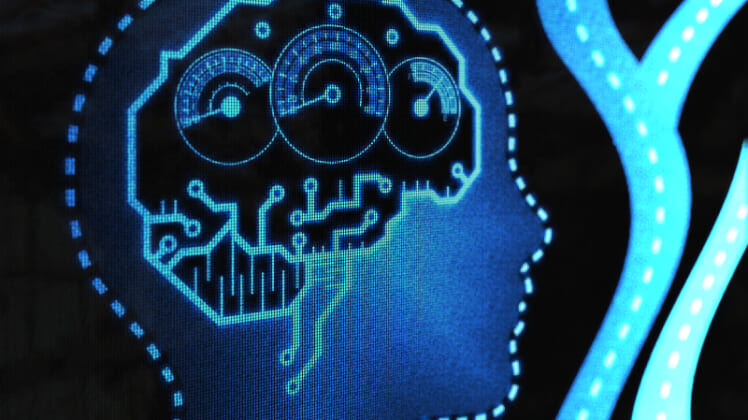Is that autism diagnosis accurate?

Autism is a national epidemic, yet challenges remain in making the right diagnosis and identifying the right tools to make a diagnosis. Adding to the confusion, many children who place on the autism spectrum also may have other neurological disorders, and sometimes, other neurological disorders can even be mistaken for autism.
Recently, I spoke to Caren Haines, a registered nurse who wrote a book about her own experience with her son, and I was very interested to find that a certain type of epileptic seizure can sometimes be mistaken for or even produce behaviors seen in children on the autism spectrum.
Haines was concerned when – at age 2 – her son started suffering from “staring spells” and exhibiting other odd behaviors. A neuropsychiatrist diagnosed him with autism and partial epilepsy. What Haines had thought were merely staring spells were actually silent seizures.
According to experts, as many as 50 percent of people diagnosed with autism may suffer from seizures. Partial epilepsy is often a sub-clinical disorder that accompanies other conditions and can be difficult to identify in a clinical setting.
